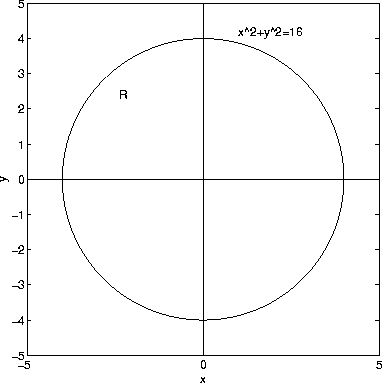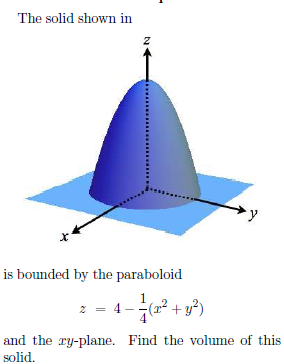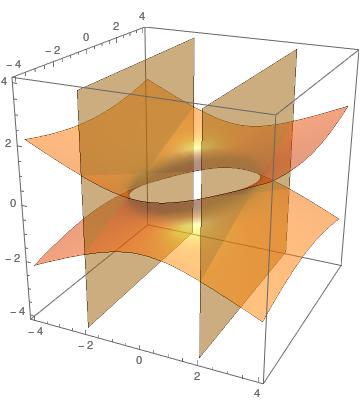
Trace the surface x^2/4+y^2/9-z^2/4=1. Also, describe its sections by the planes x=±2,algebraically and geometrically.? | Socratic

Graph △XYZ with vertices X(2, 3), Y(−3, 2), and Z(−4,−3) and its image after the translation (x, y)→(x+3, - Brainly.com

multivariable calculus - Volume of region bounded by $z=4 - \sqrt{x^2 +y^2}$ and $z=\sqrt{ x^2 +y^2}$ - Mathematics Stack Exchange
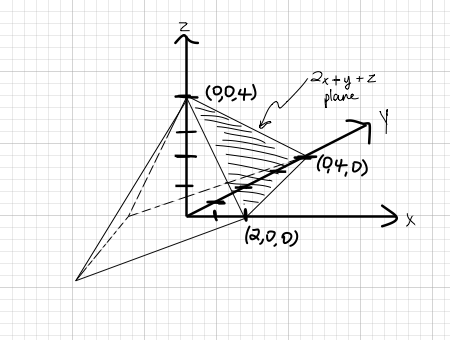
The tetrahedron enclosed by the coordinates planes and the plane 2x+y+z=4, how do you find the volume? | Socratic
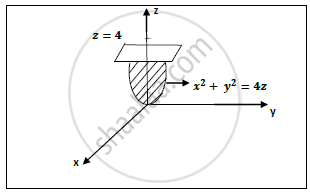
Find the Volume of the Paraboloid X 2 + Y 2 = 4 Z Cut off by the Plane 𝒛=𝟒 - Applied Mathematics 2 | Shaalaa.com

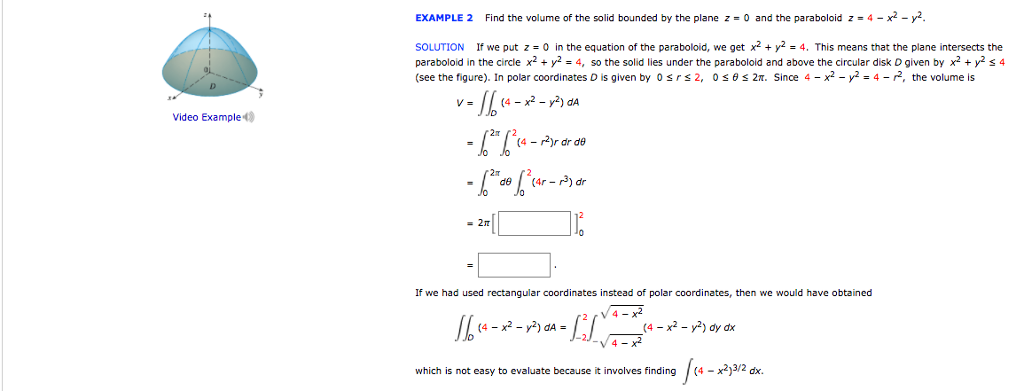

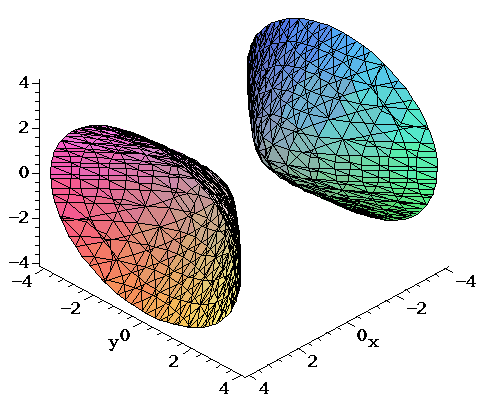




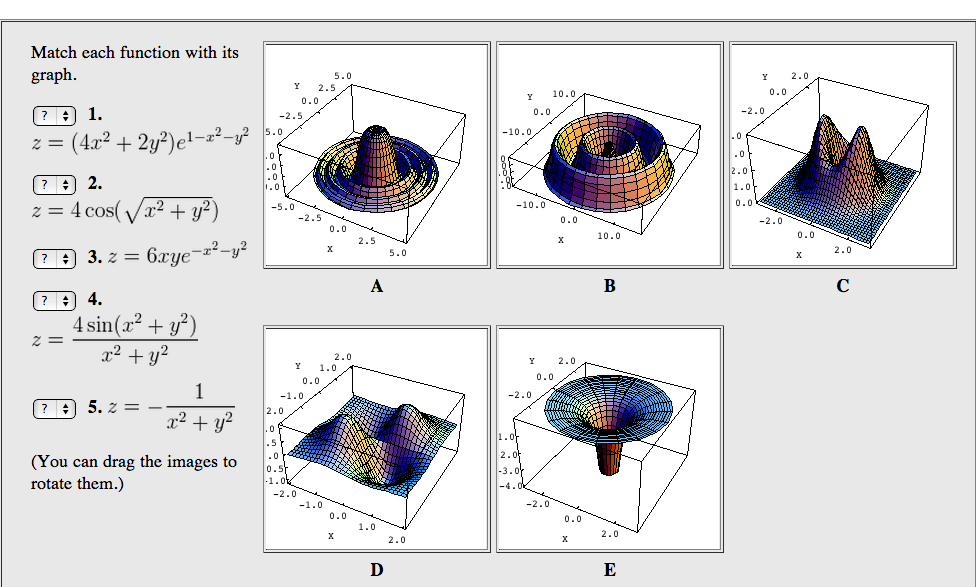

![Prove that |[x,x^(2),x^(4)],[y,y^(2),y^(4)],[z,z^(2),z^(4 )]|=xyz(x-y)(y-z)(z-x)(x+y+z) Prove that |[x,x^(2),x^(4)],[y,y^(2),y^(4)],[z,z^(2),z^(4 )]|=xyz(x-y)(y-z)(z-x)(x+y+z)](https://d10lpgp6xz60nq.cloudfront.net/web-thumb/244020970_web.png)

